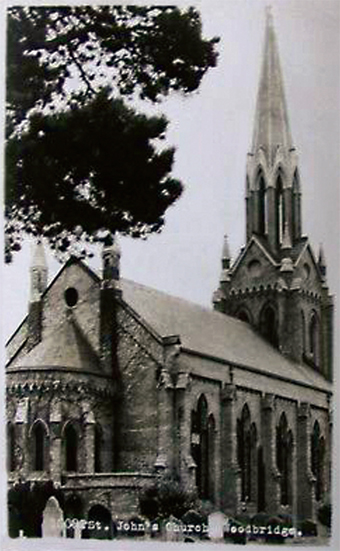Frederick Charles Shelcot was born in Ipswich on 28th January 1895, the eldest son of Francis and Emma Elizabeth (née Osborne). In 1901, the family was living in Great Whip Street, Ipswich, and Francis was working as a maltster. Around 1906, Francis became the foreman of the Melton Maltings and in 1911, Frederick was also working there as an engineer.
Frederick enlisted in the army on 7th June 1915. On 5th October 1915, after only four months of training, he and a group of other men were posted to France to join the 7th Battalion, Suffolk Regiment in billets in Bethune.
On 3rd March 1916, the 7th Suffolks were based near the Hohenzollern Redoubt when the enemy detonated a mine nearby. The explosion affected Frederick badly and he was treated for shell shock. Following his recovery, Frederick returned to the battalion where he remained until 22nd May 1917 when he was transferred to the Royal Engineers.
Frederick served in the 50th Broad Gauge Operating Company in the Railways Operating Division for the remainder of the war until his demobilisation on 2nd May 1919. For his war service, he received the 1914-15 Star and the British War and Victory Medals. On 10th February 1919, Frederick married Florence Whitbread in St John’s Church, Woodbridge and he returned to work at the Maltings. In 1939, Frederick was living once more on Great Whip Street, Ipswich working as a foreman maltster.
Frederick’s father died in 1920 but his mother and many of his siblings continued to live in the area. His mother, Emma Elizabeth, was living at the Seckford Almshouses when she died in 1948. Frederick died in January 1983 in Newark-on-Trent, Nottinghamshire.

